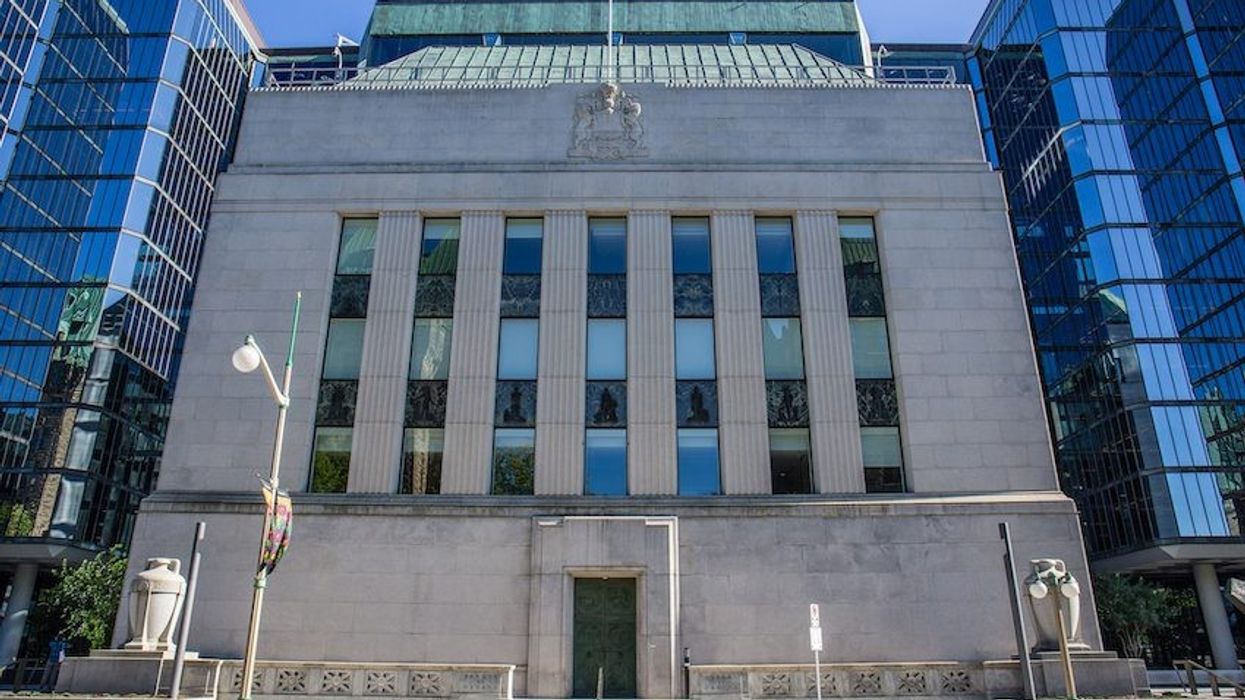Call it a self-fulfilling prophecy: the Bank of Canada is being squeezed by its own rate-hiking mandate, paying out higher interest on its government bond holdings and other assets.
As a result, the central bank is set to lose money for the first time in history. In his opening statement to the House of Commons Standing Committee on Finance yesterday, Governor Tiff Macklem confirmed as much while providing an update on the Bank’s balance sheet.
READ: An Additional 15% of Variable Mortgages to Hit Trigger Rate by Next Year
“After a period of above-average income, our net interest income is now turning negative,” he stated. However, he emphasized, any decline in income will be temporary, as interest rates stabilize and the Bank reduces its holdings over time.
“Following a period of losses, the Bank of Canada will return to positive net earnings,” he added. “The size and duration of the losses will ultimately depend on a number of factors, including the path of interest rates and the evolution of both the economy and the balance sheet. The losses do not affect our ability to conduct monetary policy. I would also stress that our policy decisions are driven by our price and financial stability mandates. We do not make policy to maximize our income.”
The Bank’s losses are a result of its aggressive entry into quantitative easing at the start of the pandemic, when it loaded up on government bonds and other investments to keep the economy flowing. This was part of its one-two-punch approach to support the COVID-era economy, in addition to keep its trend-setting interest rates at a record low of 0.25%.
Part of the Bank’s QE approach was to create settlements with investors, with agreements to pay out interest on its various asset purchases. That wasn’t a huge concern when rates were close to zero -- but seeing as the cost of borrowing has increased by 350 basis points since March, the Bank is having to pay the piper… just like everyone else.
However, the central bank has been rapidly selling off its holdings in recent months. According to Macklem, the Bank of Canada’s balance sheet peaked in March 2021 at $575B, and has since been reduced by 28% to $415B as of last week.
“The decline primarily reflects the maturity of our repo operations and the reduction in our holdings of Government of Canada bonds following decisions to end quantitative easing in October 2021 and begin quantitative tightening in April,” he said.
Macklem also doubled down on additional rate hikes to come, though. “How much further will depend on how monetary policy is working to slow demand, how supply challenges are resolving and how inflation and inflation expectations are responding to this tightening cycle.”
He says the Bank’s official economic projection is for growth to stall out over the next few quarters, with GDP to decline from 3.25% this year to just under 1% next, and 2% in 2024. As a result, inflation will persist in the 7% range through the remainder of this year before falling to 3% in 2023 and returning to its 2% target by the end of 2024.





















